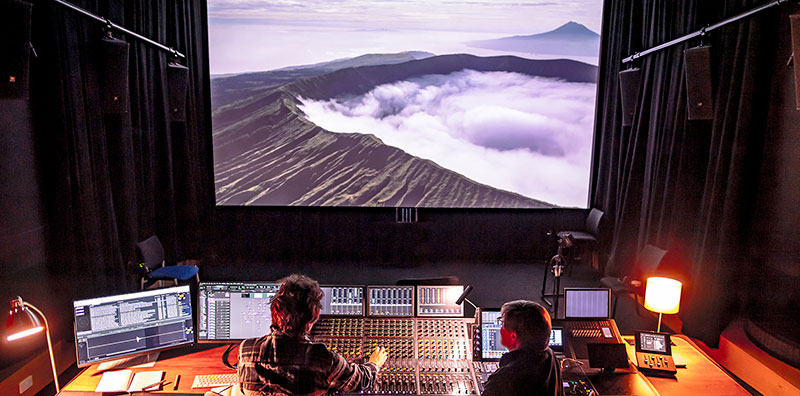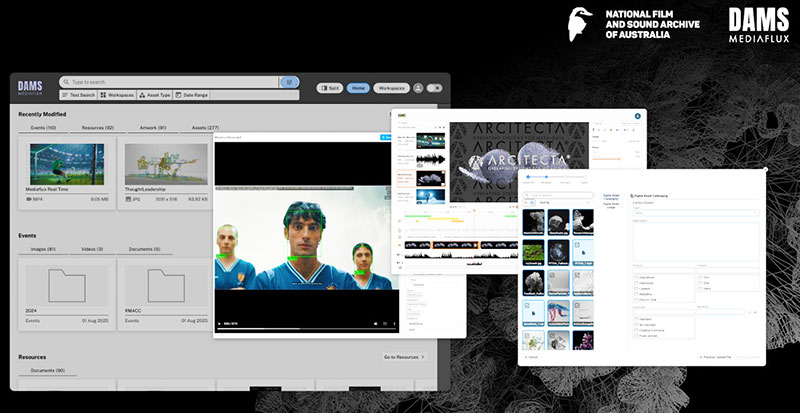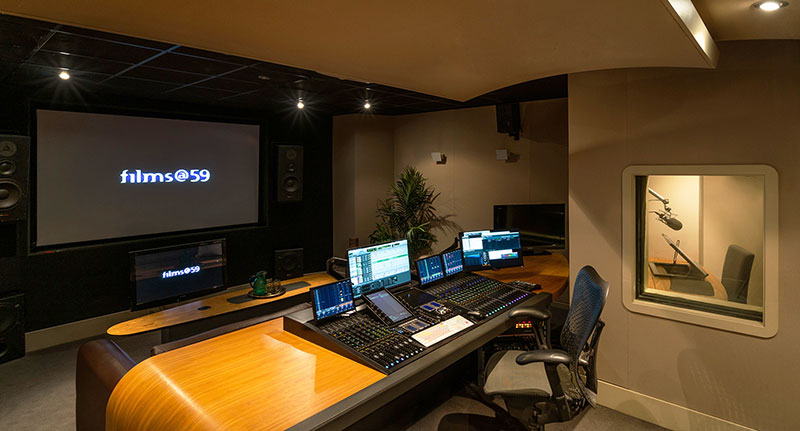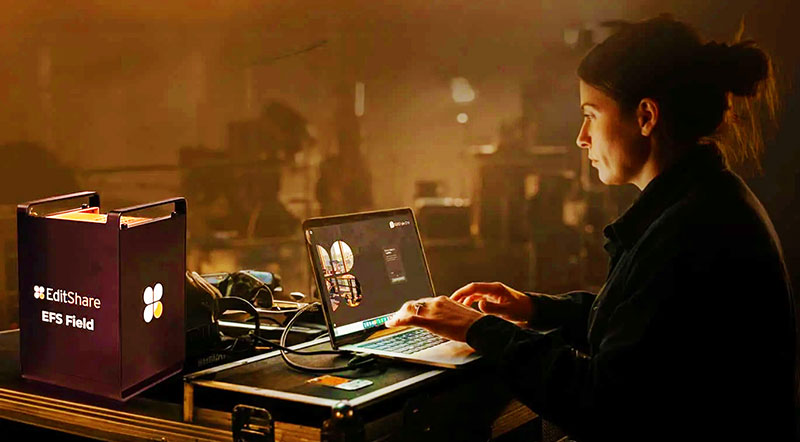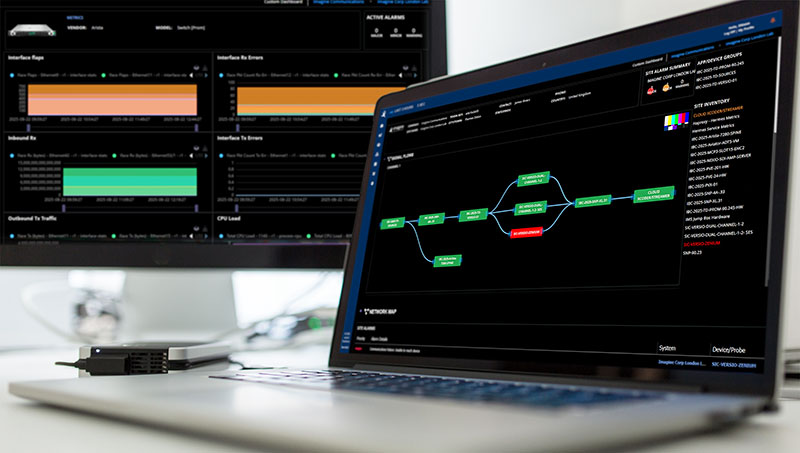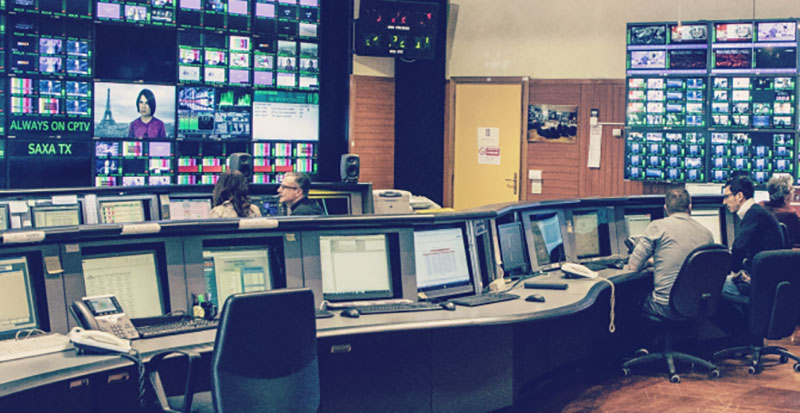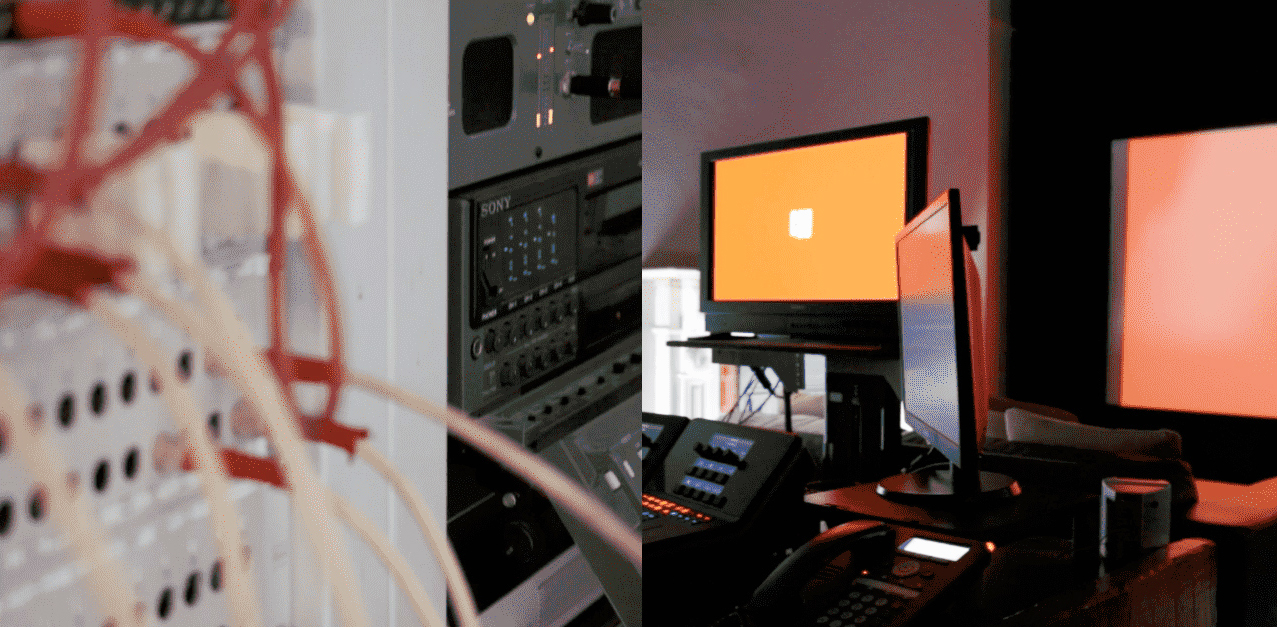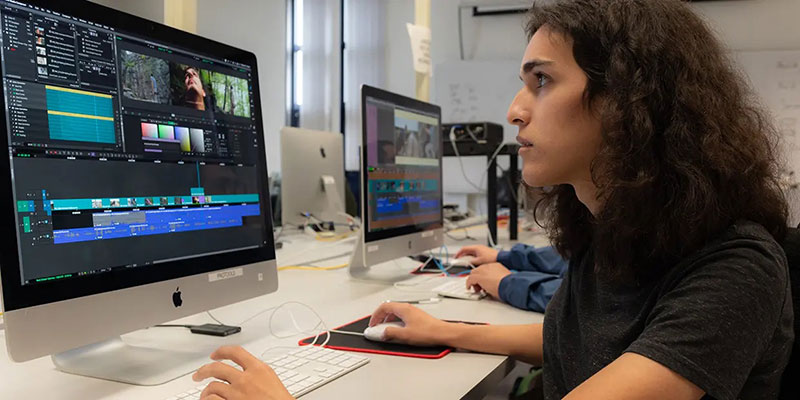The Light Iron studio’s team uses AJA Diskover Media Edition as a fast, customisable way to organise, index and discover data across their on-premises and cloud-based storage.
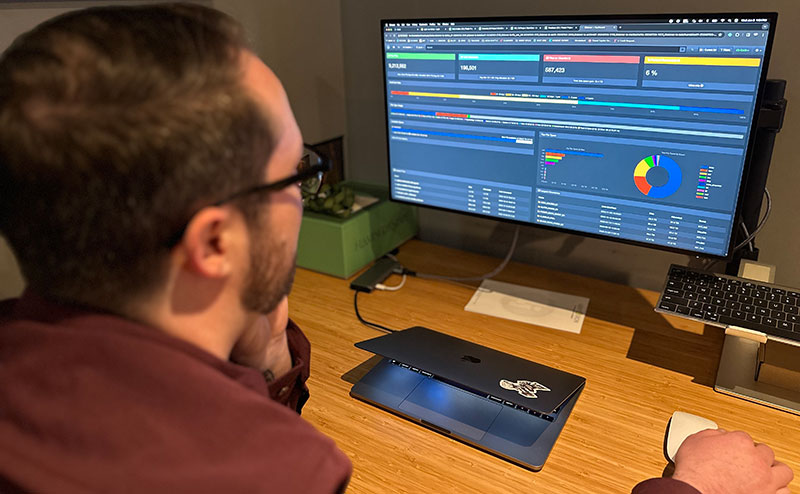
Light Iron post production facility carries out services for feature film and episodic television, from dailies through final colour, VFX and finishing. Their facilities across North America keep multiple shows in the pipeline at any given time.
As the resolution of their clients’ imagery continues to increase each year, it becomes more critical for Light Iron to adopt more efficient ways to manage and organise enormous amounts of data. The studio’s team has been making use of AJA’s Diskover Media Edition data management software, which has proven to be a faster way to organise and index data across their on-premises and cloud-based storage.
Liam Ford, SVP of Engineering and Technical Operations at Light Iron, said, “In the past, an entire 2K TV show might take up 8 TB, which meant the facility SAN only needed a capacity of a couple hundred terabytes. The load wasn’t so heavy, it was relatively easy to find what you needed, and one person could manage it. But as time went on, jobs simply got bigger, especially with the move from 2K to 4K, and adding the transition from film to digital capture meant our digital storage requirements shot up fast.
“We’re now ingesting many terabytes per day, per show, across our facilities in New York, Los Angeles and other locations. The result is a lot of data to manage and wrangle, and if we’re not organised, projects can get out of hand quickly. Those developments have led to leaning heavily on Diskover Media Edition’s tools.”
Indexing Data, Plus Metadata
Across facilities, Light Iron runs its storage on the Quantum StorNext file system, with some additional network area storage (NAS). Liam and the team at Light Iron use AJA Diskover Media Edition to track projects across all modes of storage and compile full indices of their content, including metadata. Through this process, producers and operations staff can drill down through projects and decide what can be archived, deleted or sent to clients for review.
In the meantime, at a higher level, AJA Diskover Media Edition also gives Liam an accurate, robust overview of the SAN structure to ensure that the studio isn’t holding too many ageing files or hitting critical capacity limits.
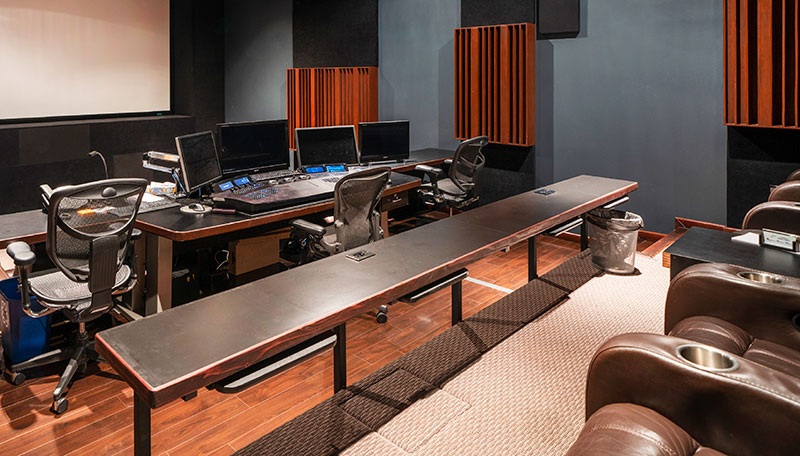
“We use Diskover all the time to track file movement and notify people where things are,” Liam said. “Without it, it would take repetitive, time-consuming work to figure out where content is, determine the latest versions and keep up with other changes. We can also keep track of duplicates, so it’s easier to open up more space when we need it. It also has a dashboard to follow how data is being consumed across projects. With better insight into our data consumption and where files are, it’s easier to get ahead of issues.”
Wrangling in Real Time
One of the newer AJA Diskover Media Edition features that Liam especially likes is Live View, which functions as a navigable tree rather than a static listing. With this view, users can get real-time information on their files, knowing that they’re always seeing the most up-to-date version. He also uses the Aggregate Volume View and the Ageing View capabilities very often when he needs to perform tasks with very specific parameters – for instance, finding anything over 160 days old. He can then tag large groups of data for archival.
“Without Diskover Media Edition, the only way for our team to make project management decisions in terms of which data to keep is to gather around a single secured workstation to look directly at the content. As you can imagine, that’s an incredibly inefficient use of our time and a waste of resources. With Diskover, any of us can open up our laptops and get a full, up to date overview of everything online, on a standard web browser.
“As a result, decisions to clean things up happen much faster and earlier. It saves time but also money. Without the ability to figure out exactly what you have and how old it is, producers are more reluctant to touch anything, which can max out storage and lead to the team investing in even more storage. Now, it’s much easier for us to understand what’s no longer relevant and pare it back, so we get more mileage out of our existing storage.”
Cloud, File Systems and Control
Light Iron continues to evolve its infrastructure to address the changing demands of their clients, who are adjusting to the idea that archiving on tape is no longer always necessary. It can be done safely in the cloud across multiple regions. Liam believes that as soon as more of the major studios embrace this way of working further, others will follow suit and LTO will be less relevant.
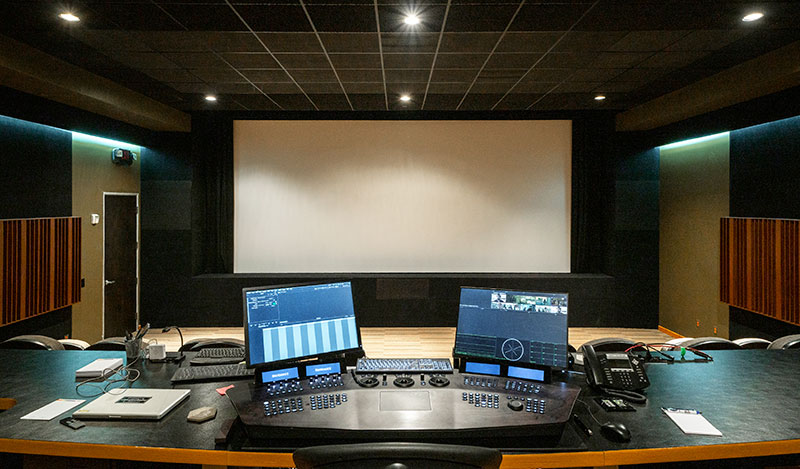
The way that Light Iron uses storage is also changing. “Traditionally, we’ve used high speed volumes locally in a facility, but we’re already starting to explore file systems that have a more global outlook, hybrid cloud and on-site workflows, and solutions for accessing data from a variety of different locations,” Liam said.
“We’re also starting to see new file systems emerge and older ones reinvent themselves. As the cost of bandwidth falls, we're able to do more collaborative data workflows, whereas in the past, you just had to keep it on site because the bandwidth requirements were far too high to cost effectively spread the work out. It goes with what I think will be the studios’ relatively rapid adoption of cloud archival storage – both work together and complement one another very well.
“These developments mean storage will grow less siloed. That is an advantage in itself but makes it important to have a dashboard where you can keep track of all your assets. Tools like Diskover Media Edition, that bring all that storage information together and give you a view of where all your data and accompanying metadata sits, become more critical every day.” www.aja.com




